
A Brief History of Espresso
In 1884 Angelo Moriondo patented a coffee brewer that used pressurized steam to quickly brew coffee in large batches. Up to this point coffee was mostly made a single cup at a time with a French Press, as Turkish coffee, or as a pour over. This espresso machine was never made in significant numbers and none exist today.
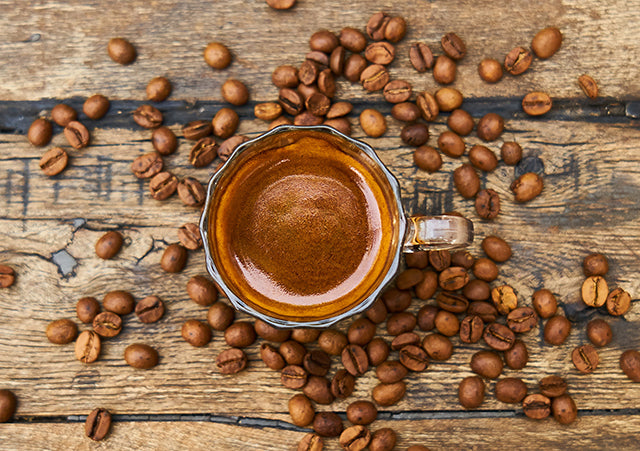
In 1901 Luigi Bezzera, inspired by Moriondo’s work, designed a machine that rapidly made single serving coffees. He partnered in 1903 with Desiderio Pavoni and in 1905 began mass production of the “Tipo Gigante” espresso machine. Factory owners were impressed by how quickly this new machine could serve coffee, allowing workers to take a break and then get back to work. These early machines were heated by coal fire. There was no regulation of water temperature or brewing pressure and steam was still doing the brewing, not hot water.
In 1947, Achille Gaggia invented the lever and piston system that, for the first time, allowed the hot water to pass into the brewing chamber. Espresso could now be made with pressurized water instead of steam. Many consider this to be the first modern true espresso because it was the first time crema was produced on the shot of espresso.
AeroPress Coffee Makers & Espresso
Let’s talk about AeroPress coffee makers and espresso. There are limits to what this amazing coffee tool can do. Only an espresso machine will do what an espresso machine can do. But for the price, portability, and flex, nothing beats AeroPress coffee makers for great coffee. There are a few simple techniques you can adapt to make an espresso style coffee with an AeroPress coffee maker.

First, what determines an espresso? The Specialty Coffee Association defines a single espresso as “a 25-35 ml beverage prepared from 7-9 grams of coffee through which clean water of 195°–205°F has been forced at 9-10 atmospheres of pressure, and where the grind of the coffee is such that the brew time is 20-30 seconds.” This describes the way an espresso is made, and not as much the qualities of what is produced.
Let’s look at it when using an AeroPress coffee maker. We can easily use 7-9 grams of coffee and add only enough water to brew 25-35 ml. Since we have control of the press time, we can easily hit the 20-30 second window. The pressure becomes problematic. 9-10 atmospheres (or 9-10 bar) is approximately 130 pounds of pressure per square inch. That is too much pressure for AeroPress coffee makers. Coffee will either leak from the filter cap or the plunger seal. Additionally, the inventor of AeroPress coffee makers, Alan Adler, calculated the pressure under normal use to be .25 - .5 bar.

But that is for an unmodified AeroPress coffee maker. Attaching an AeroPress Flow Control Filter Cap will allow us to get significantly more pressure during our press. While it won’t reach 9 bar, it will be enough to produce crema.
If AeroPress coffee makers don’t meet all of the technical process requirements as an espresso maker, can they make a beverage with similar characteristics? I think this is the true measure. When you drink an espresso or have a cappuccino, you don’t say “wow, I can really taste the 9 bars of pressure.” You will instead appreciate the thick body and the intensity of the flavors. Let’s list some of the traits of espresso. There are many variations, and it is safe to say that espresso should be:
- Strong in flavor.
- Small in size.
- Thick and viscous.
- Topped with crema.
Strong in flavor: To control strength, we can use just a small amount of water with a full dose of ground coffee. Strength is a function of how much water is used compared to the amount of ground coffee. Think about making orange juice from a frozen concentrate. The can recommends mixing 3 cans of water with the juice. If you mixed only 1 can or drank the thawed concentrate straight, those would be incredibly strong. This is like espresso. (For more on coffee strength, check out our coffee strength and caffeine blog post!)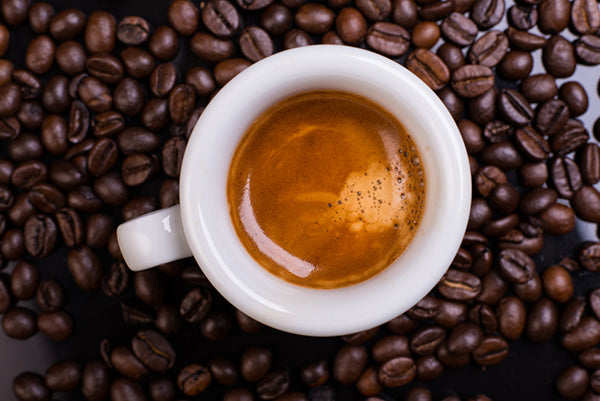
Small in size: The beverage pressed out of an AeroPress coffee maker will be small simply because to get the strength, there won’t be very much water. It will be a small drink in size, but big in flavor. Think about it like a full size drink shrunk down.
Thick and viscous: Espresso is made up of fine coffee particles, flavor compounds and oils from the coffee grounds. This adds a lot of texture to an espresso. With the classic AeroPress paper micro-filter, the paper holds back much of these texture elements. To make an espresso style coffee, install an AeroPress metal filter to allow the micro fines and oils to pass through - much like when making a French Press style brew. This will give a thick and viscous mouthfeel.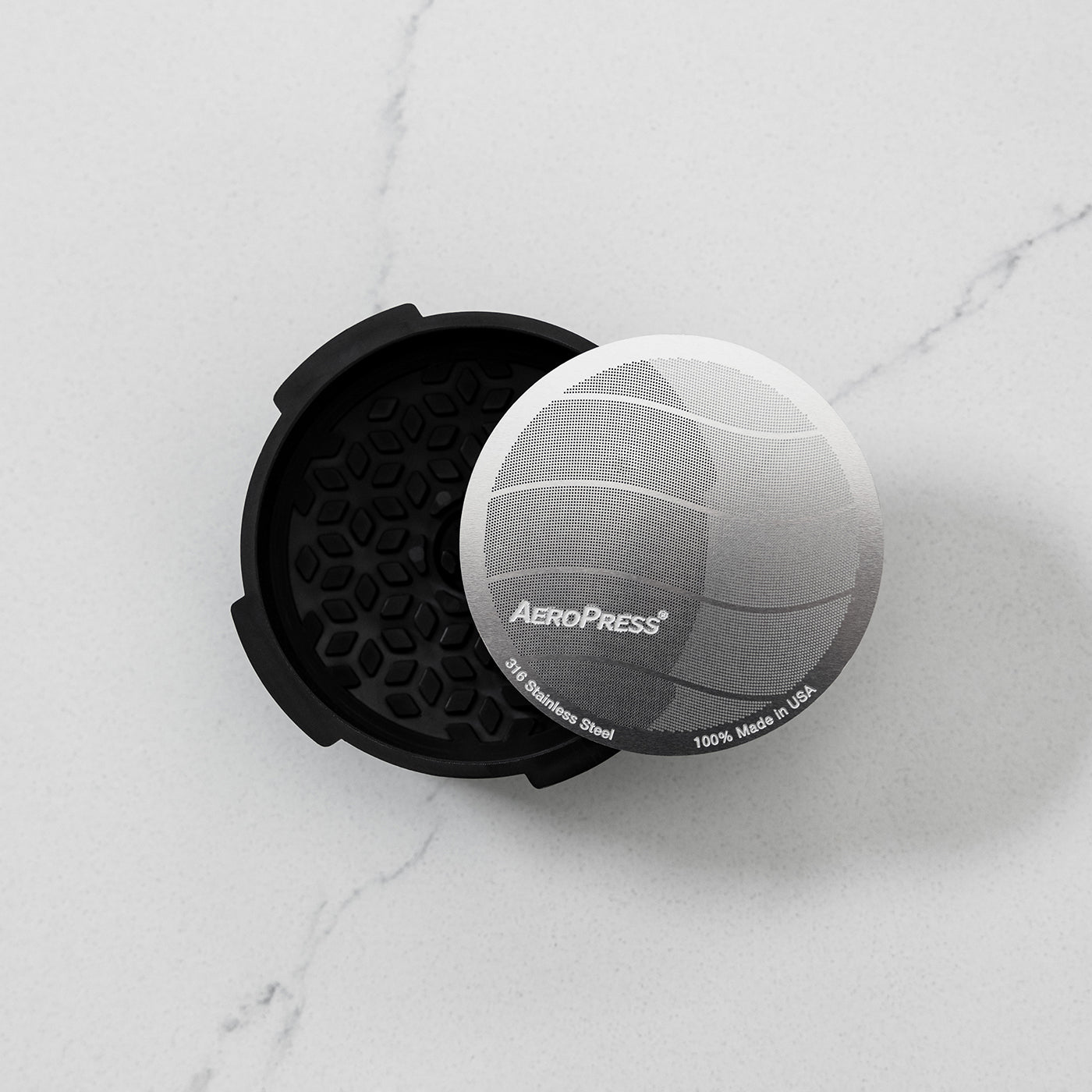
Topped with crema: Crema is an interesting part of espresso. For many coffee lovers, crema is the sign of a real espresso. Crema is more contentious for others. (James Hoffmann produced a great video, Why Modern Espresso Is So Ugly, discussing the crema and espresso of today.) When the first espresso with crema was made in 1947, customers were suspicious of this new foam on top of their shot. Gaggia was a marketing genius and launched an ad campaign celebrating crema as a true sign of quality espresso. And it stuck. If you want crema from your AeroPress Original, AeroPress Clear, or AeroPress Go, it is possible. I recommend using the AeroPress Flow Control Filter Cap and dark roasted coffee beans, recently roasted and fresh ground. Learn more under the AeroPress espresso recipe below.
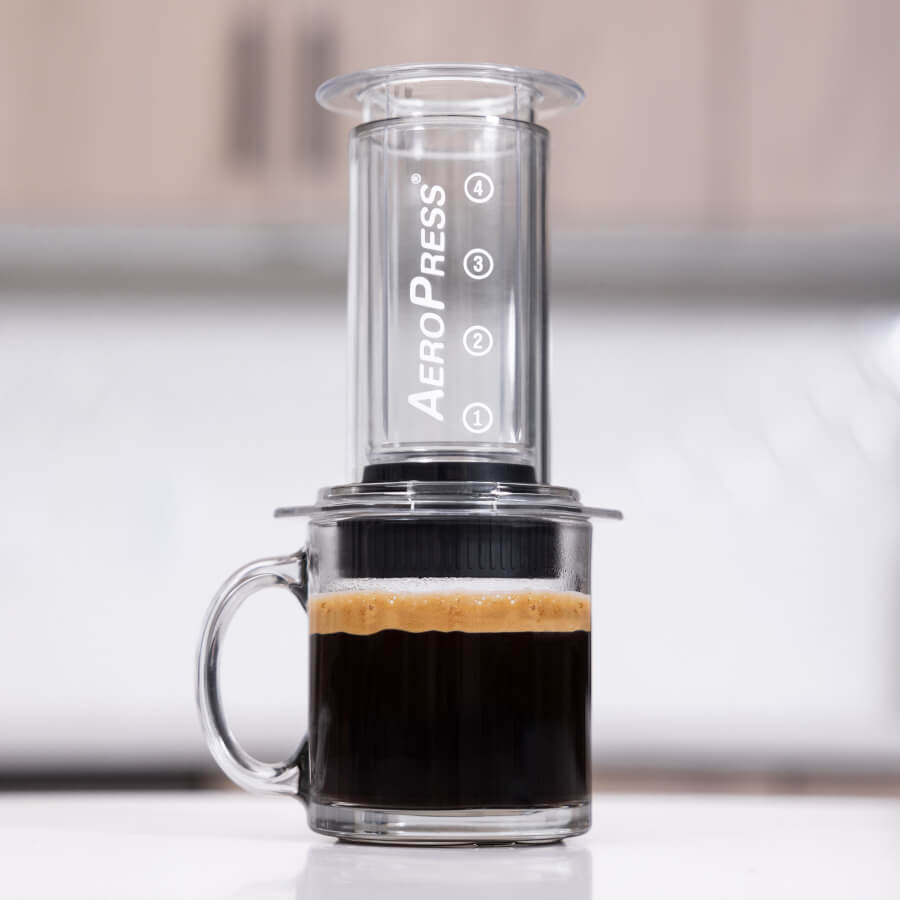
| Feature | Traditional Espresso Machine | AeroPress Espresso-Style |
| Pressure | High (9-10 bars) | Low (~0.5 - 1.5 bars) |
| Taste Profile | Intense, heavy body, can be acidic/bitter if not dialled in | Smooth, Rich, Low Acidity, No Bitterness |
| Crema | Thick | Lighter |
| Portability | Not portable | Extremely Portable & Durable |
| Clean-up Time | Involved (5-10 mins, daily) | Under 1 minute |
| Grind Size | Very specific, needs a high-end burr grinder | Very Forgiving (works well with a wide range of grinds) |
| Brewing Versatility | Makes espresso and steams milk | Highly Versatile (makes espresso-style, Americano, cold brew, full immersion coffee) |
| Maintenance | Regular descaling, backflushing, part replacement | Virtually Maintenance-Free |
| Power Requirement | Requires electricity | None (only needs hot water, perfect for camping/travel) |
| Learning Curve | Steep; requires practice to "dial in" a good shot | Easy to Learn; consistently great results from day one |
Conclusion
So can AeroPress coffee makers make espresso? They meet the sensory requirements and come close on the technical side. Let’s agree to call it “espresso style” and leave the espresso machine cost and maintenance to a barista.
Check out the recipe card below for how to make espresso style coffee with an AeroPress Original, AeroPress Go, or AeroPress Clear coffee maker!
As always, enjoy exploring with your AeroPress coffee maker. Of all the rules in coffee the main one is to drink your coffee the way you like it.
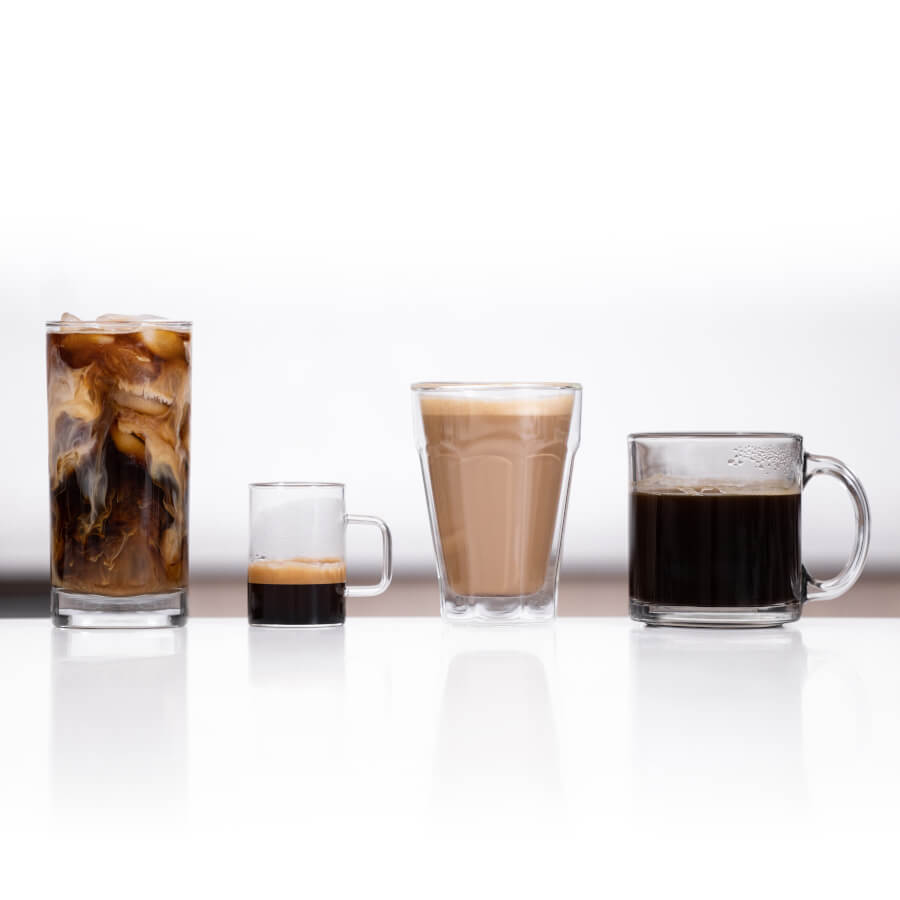







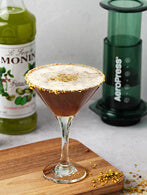
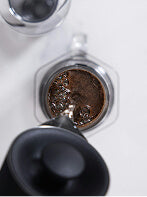
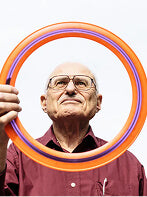
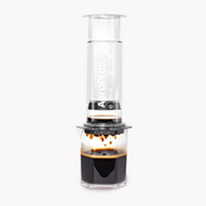


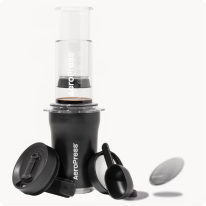


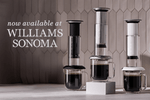



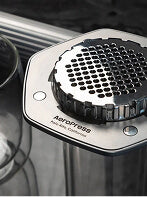




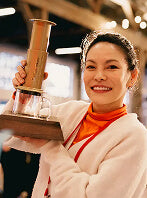
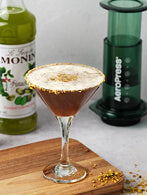

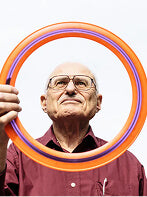


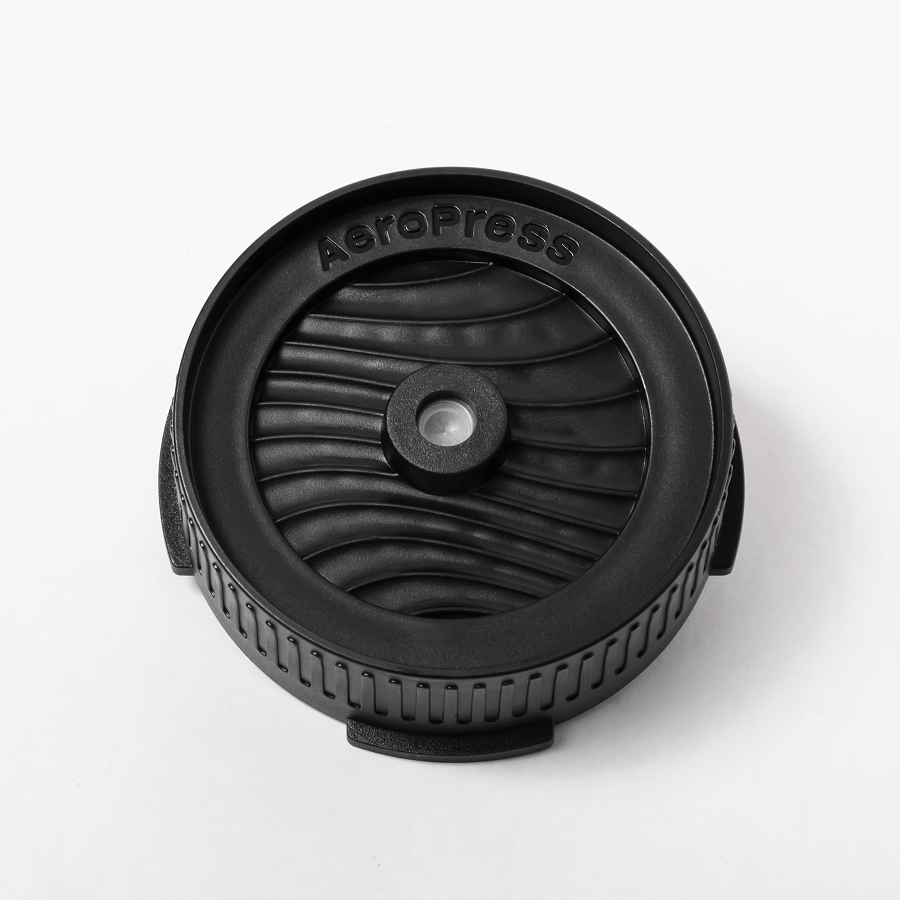
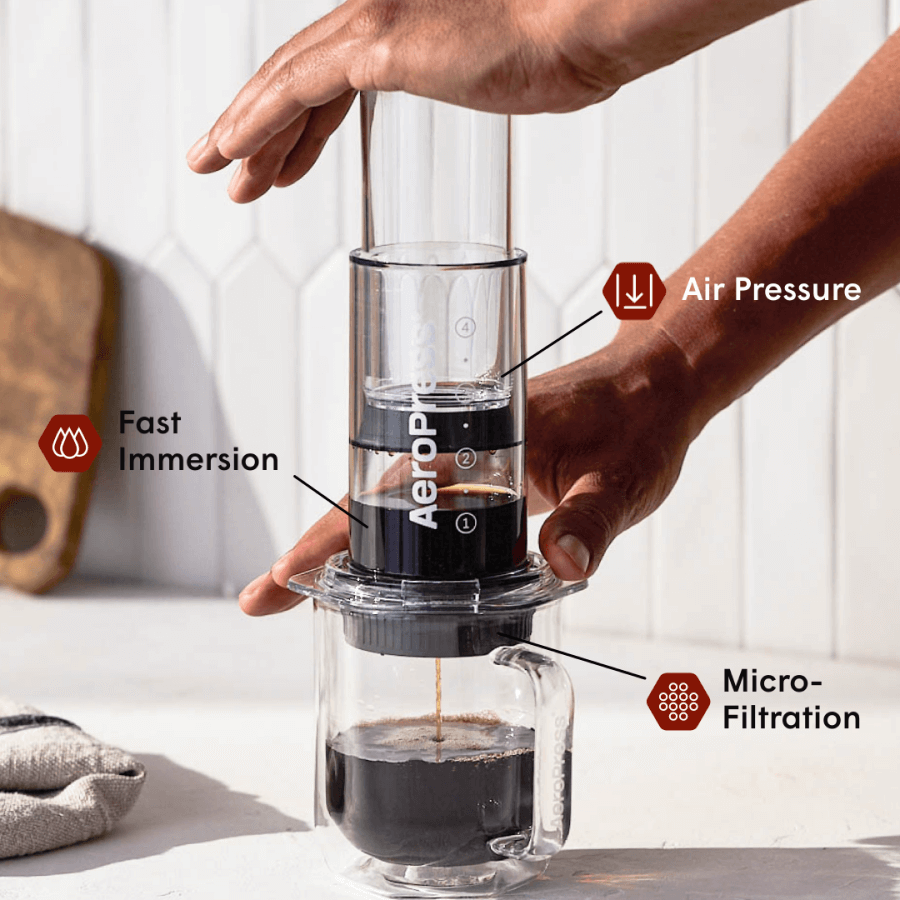
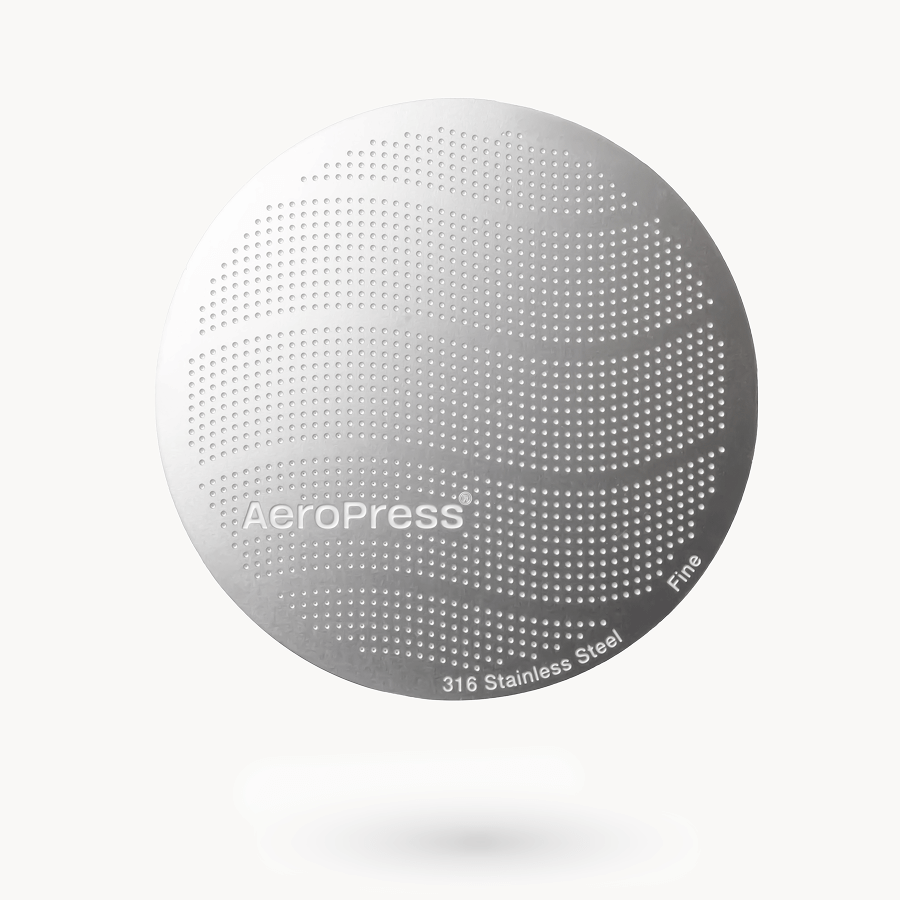
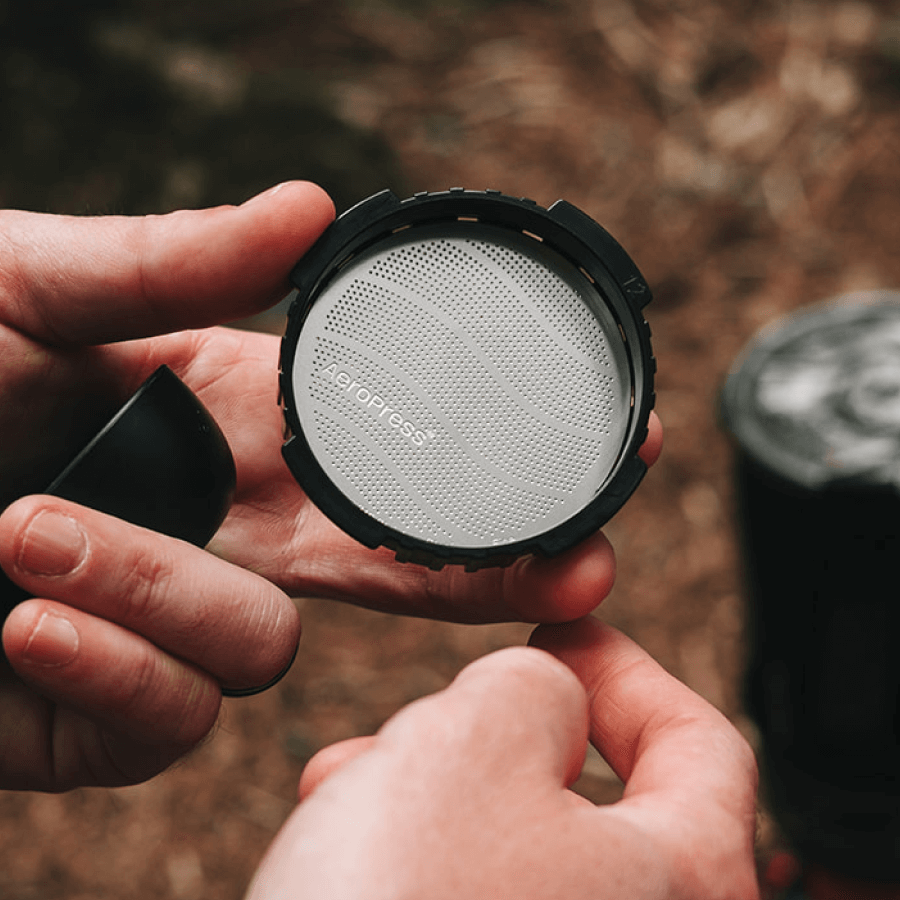

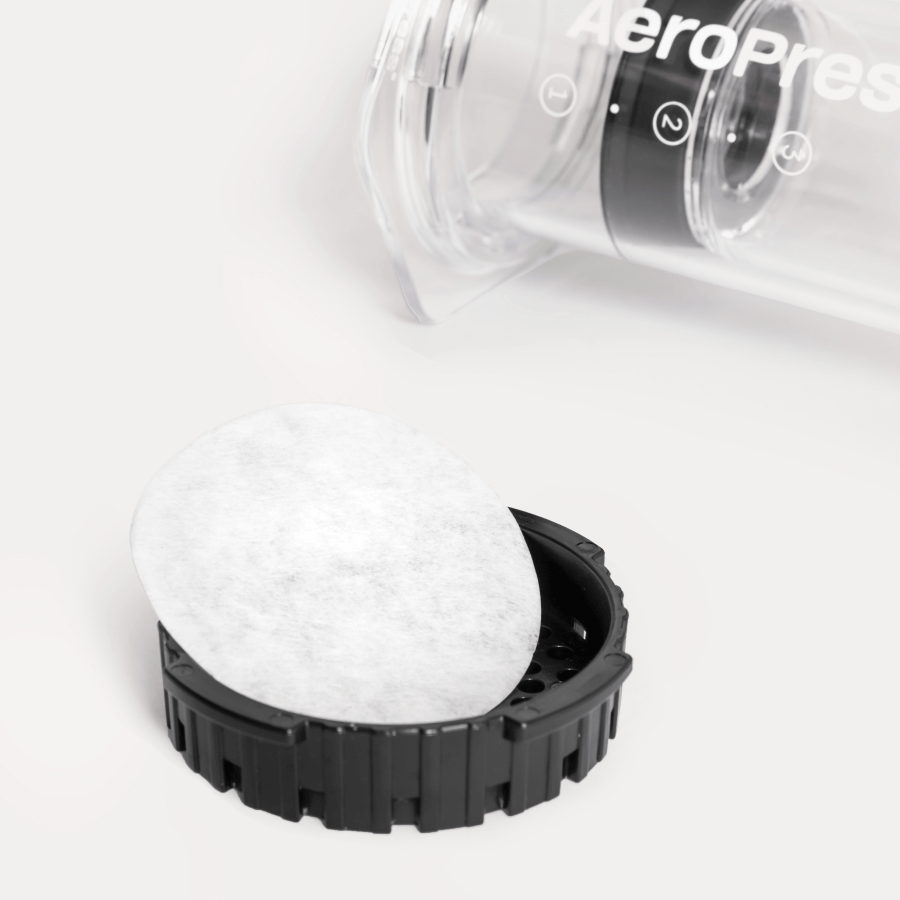
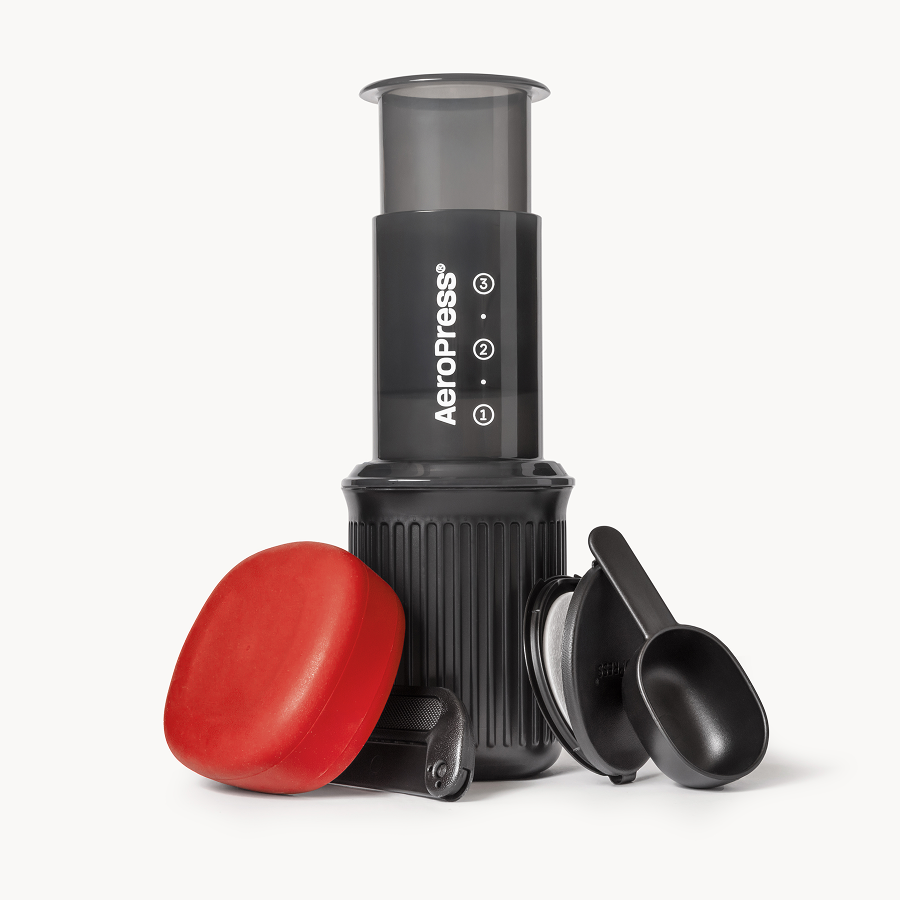

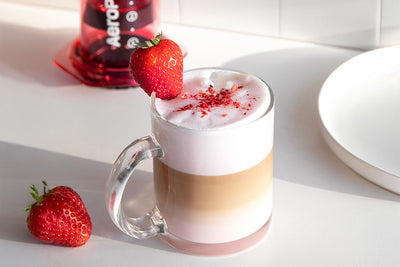


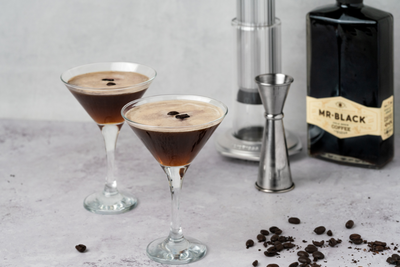

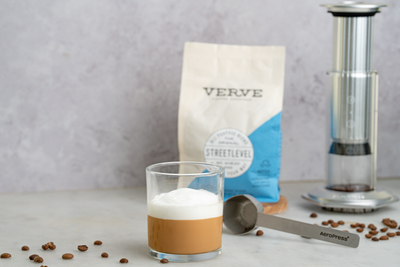
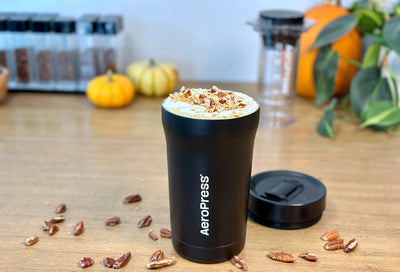
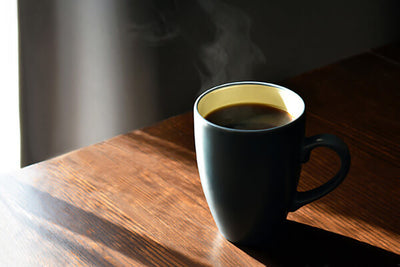
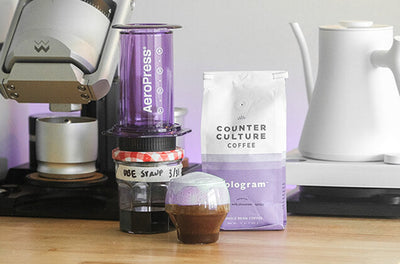
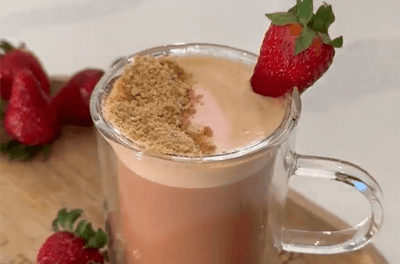


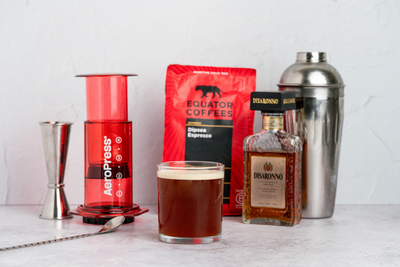
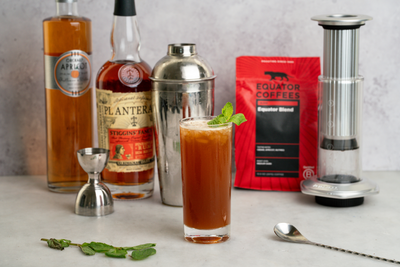
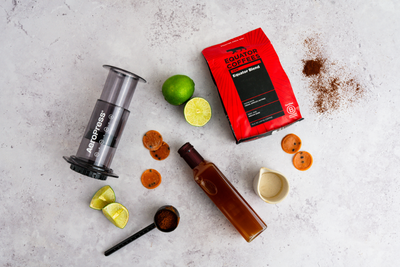
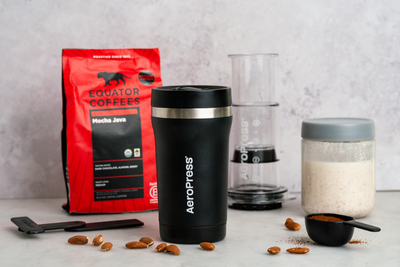



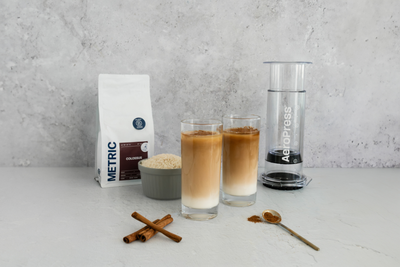
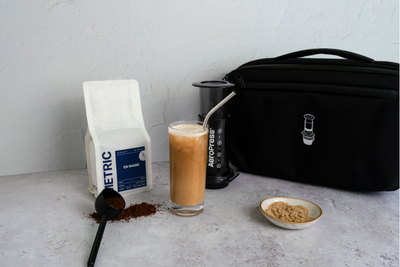
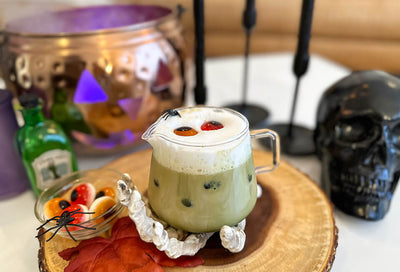
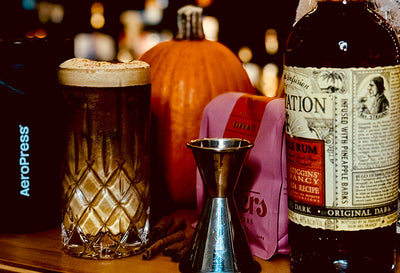
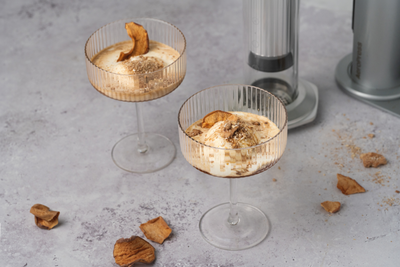

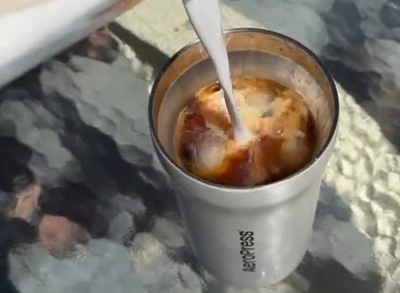
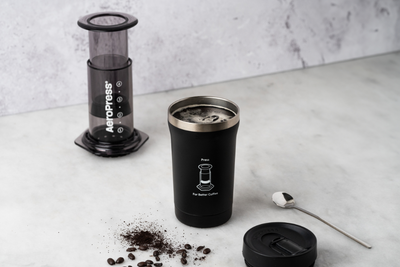



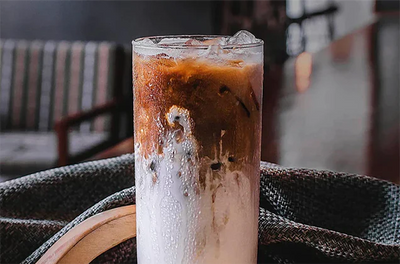
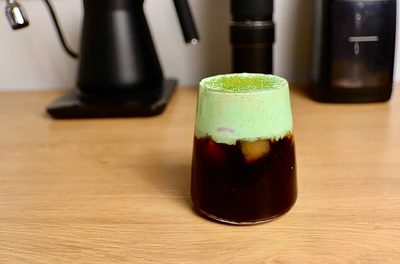
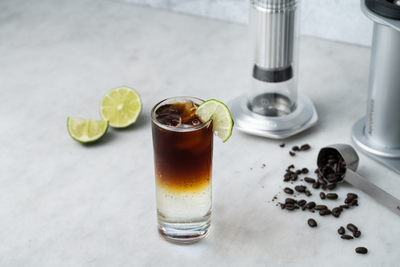
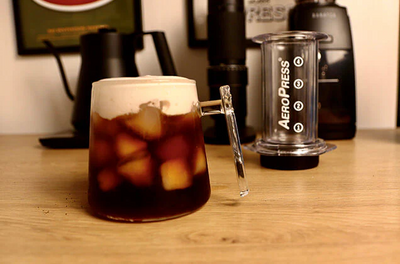
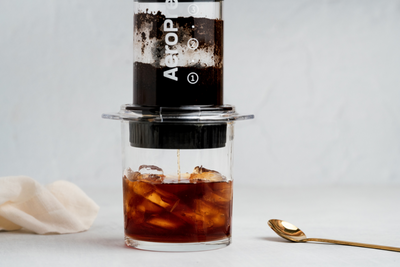
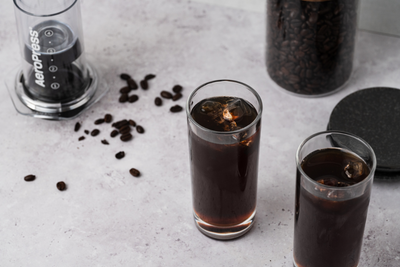
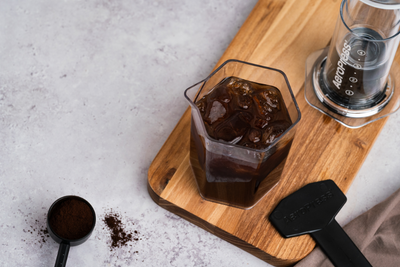

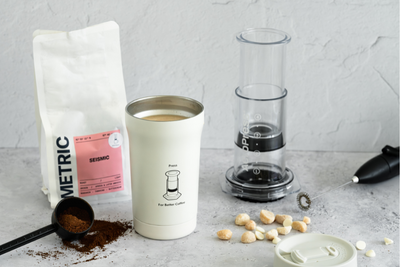
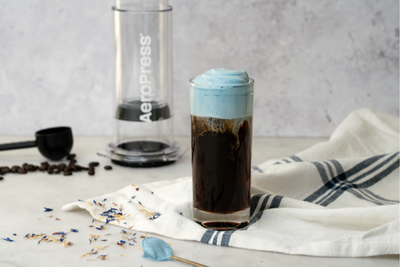

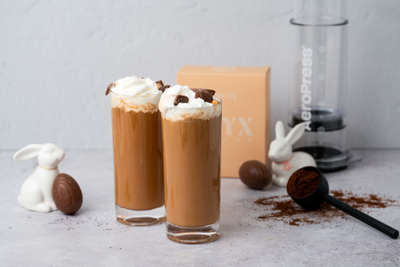
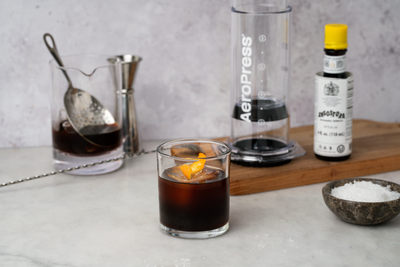

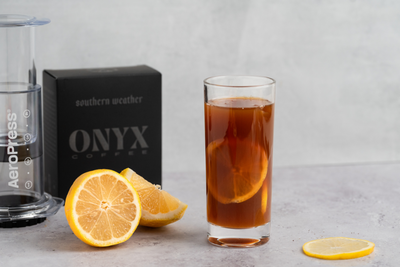
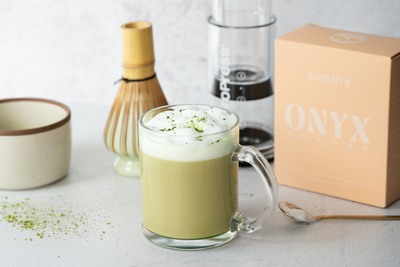
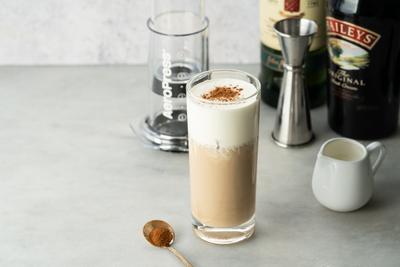


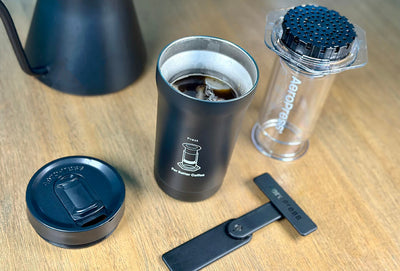
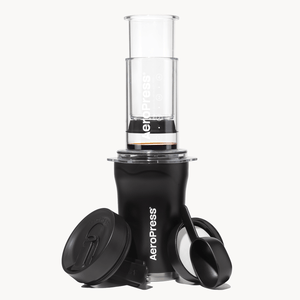

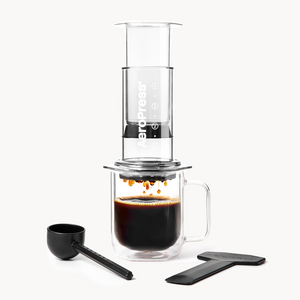

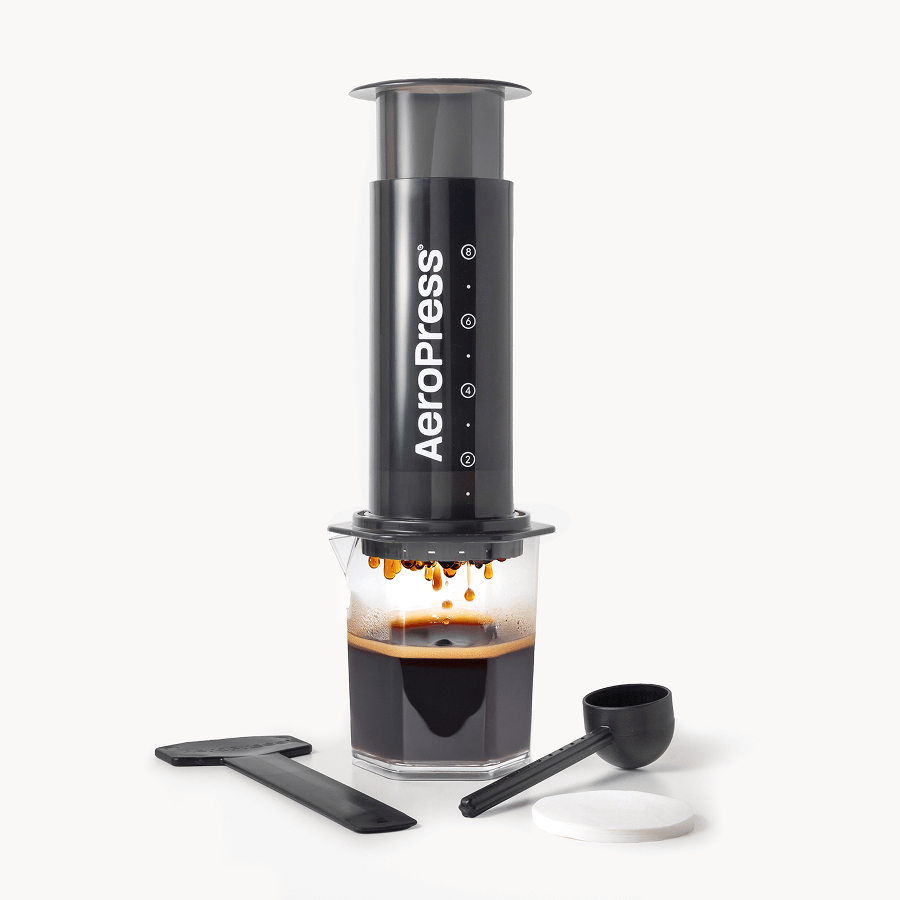
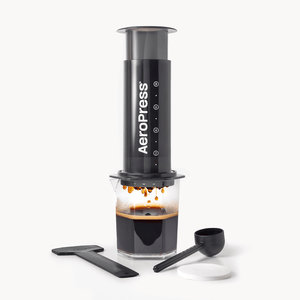
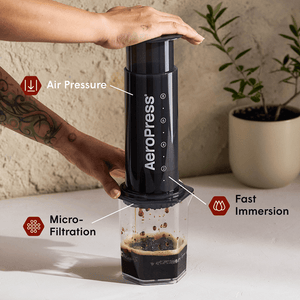
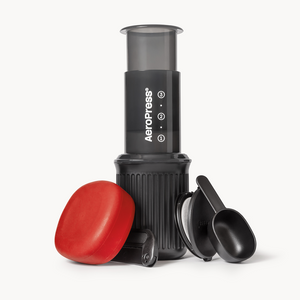
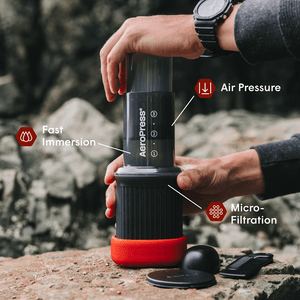



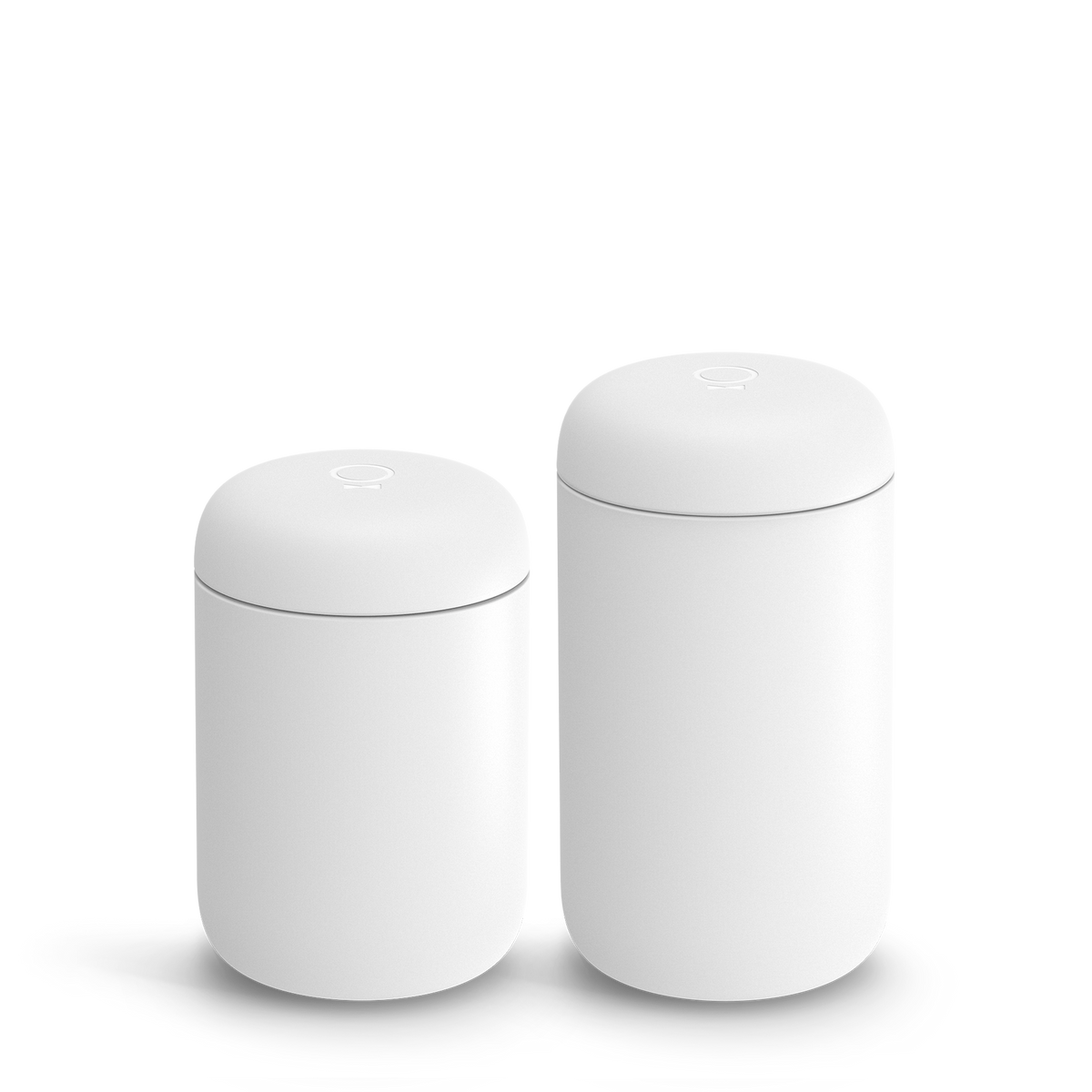

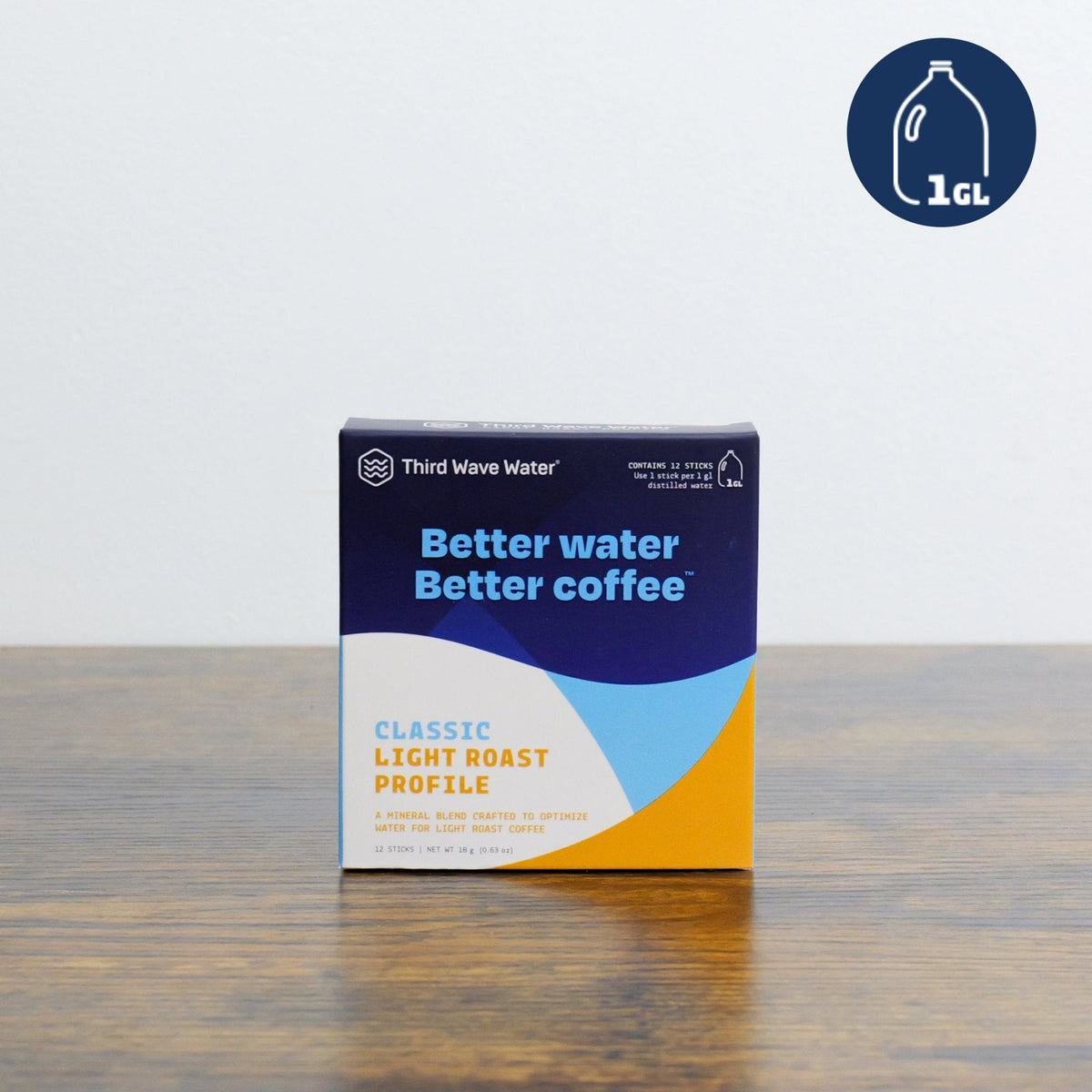

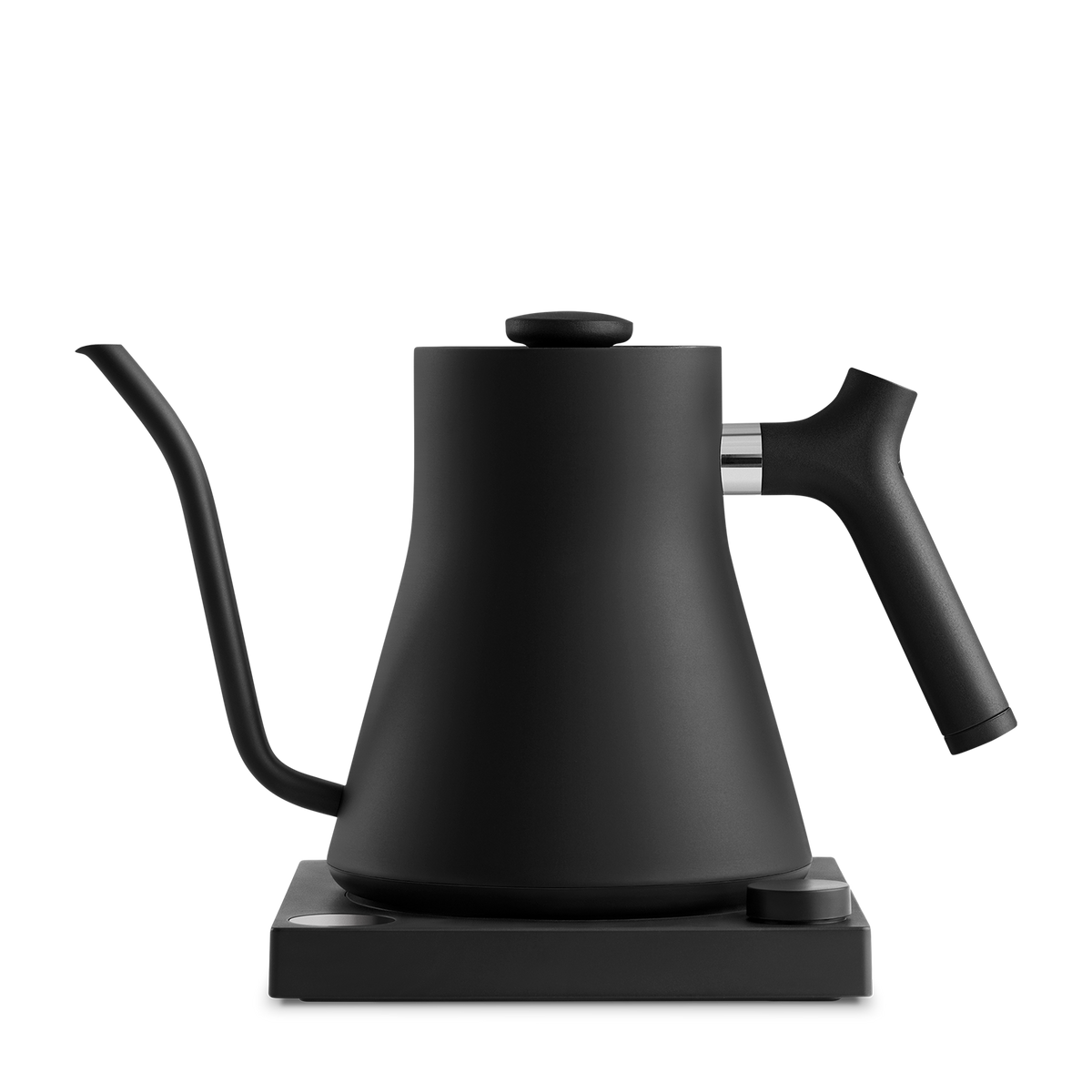

1 comment
Jeff
Would be grateful for easy espresso recipe two (or better) three shots.
Would be grateful for easy espresso recipe two (or better) three shots.